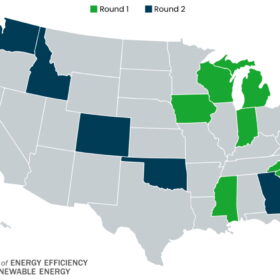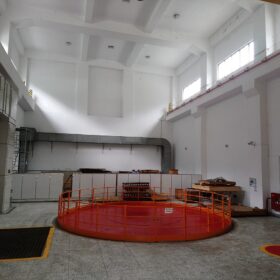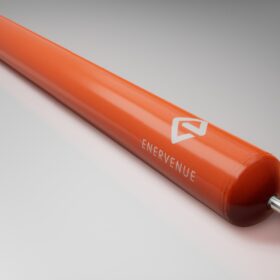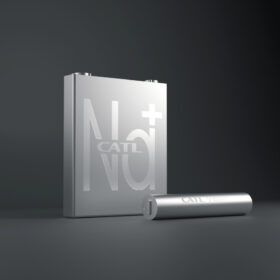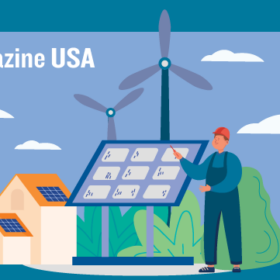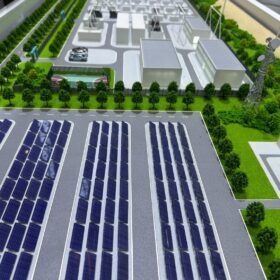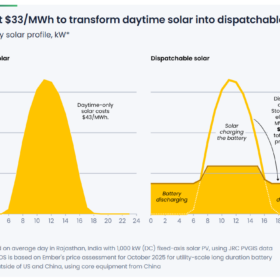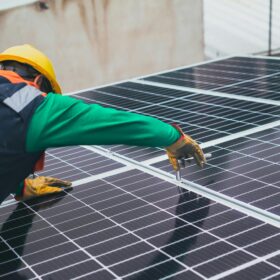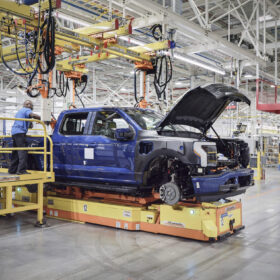DOE seeks experts in renewables siting to advise 13 state collaboratives
To improve renewable energy siting, the U.S. Department of Energy seeks permitting experts to provide technical assistance to state siting collaboratives. DOE expects to fund each collaborative, and to support additional collaboratives in other states.
The use of AI in hydropower plants is creating new challenges
Hydropower has long been used to stabilize the rid and store energy to compensate for the fluctuations of solar and wind power. Its use of artificial intelligence is helping cope with new demands but making it more sensitive to cyber attacks.
U.S. targets 50 gigawatts of solar in 2024
With projections of greater than 8 GW of distributed solar being installed, and more than 40 GW of utility scale solar, the country is projected to grow its solar fleet greater than 25% from its 2023 deployments.
EnerVenue to supply nickel-hydrogen batteries to RWE for pilot testing
RWE plans to cycle EnerVenue’s nickel-hydrogen energy storage technology at its testing facility in Milwaukee, Wisconsin. RWE says it wants to boost its own storage capacity to 6 GW by 2030.
Mercedes-Benz testing new solar paint
Mercedes-Benz said it is now evaluating a 20%-efficient, non-silicon photovoltaic coating that is significantly cheaper than conventional solar modules.
Fraunhofer ISE warns of risk from higher than expected UV-induced degradation in TOPCon, PERC, HJT cells
The researchers of the German institute explained that UV-induced degradation may cause larger than expected efficiency and voltage losses in all dominant cell technologies, including TOPCon devices. The scientists expect that silicon nitride layers could be used to enhance TOPCon UV stability compared to PECVD layers typically utilized in PERC and heterojunction cells.
New sodium-ion developments from CATL, BYD, Huawei
Sodium-ion batteries are undergoing a critical period of commercialization with Chinese cleantech juggernauts actively working on their products.
Air Energy launches to bring solid-state lithium-air batteries closer to commercialization
While some may call it a fairytale chemistry, solid-state lithium-air battery (SS-LAB) technology is now a step closer to commercial reality with the foundation of Air Energy. The startup has set out to scale the application of this promising technology over the next five years.
Sunrise brief: SolarEdge announces closure of its energy storage division
Also on the rise: LCOE not correct optimization parameter of PV plants, say researchers. The great grid transition in the age of data centers and EVs. And more.
LCOE not correct optimization parameter of PV plants, say researchers
New research from Italy shows the importance of considering power plant dispatchability in PV project planning. The scientists claim assessing a project’s levelized cost of energy could be misleading, especially with variable and sometimes negative electricity prices.
